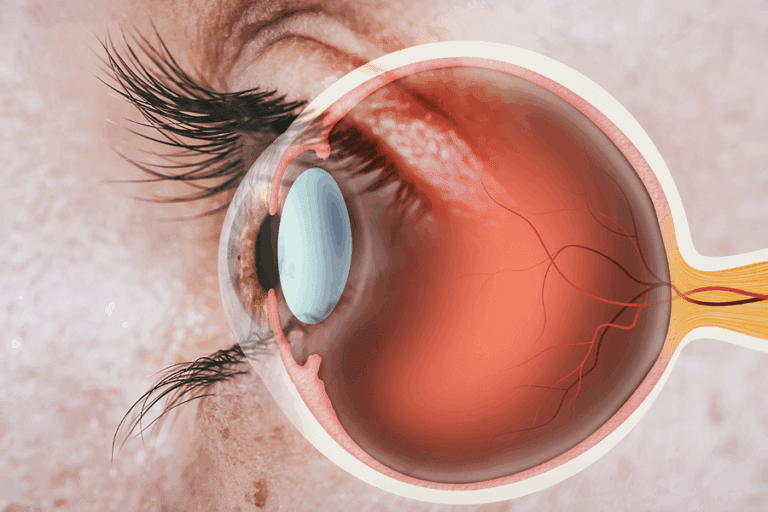
Have you ever looked in the mirror and wondered what the white spots on your teeth are from? You’re not alone.
While many people want white teeth, this coloration is different than having “pearly whites.” It often shows up as spots, marks, or stripes, and there are a few reasons for their appearance—which your dentist will be happy to talk about.
Fluorosis — Fluorosis commonly appears as discolored lines across the middle or bottom of teeth. Usually kids get this from using too much toothpaste, resulting in excess fluoride on the teeth. According to the American Dental Association, kids are susceptible to fluorosis until the age of eight at the end of their teeth’s development. This is because once teeth break through the gums, you cannot develop fluorosis. Keeping an eye on their fluoride intake is important. Your dentist can help you determine the proper amount of fluoride for your child.
Many things, including consuming well water, can play a role in the development of fluorosis. The white marks can stay on your teeth for as long as you have them. Luckily, the white marks on your teeth usually have no effect on teeth health, and they may even be more resistant against decay.
Enamel Hypoplasia — This means you have less enamel on your teeth than the typical person, often due to nutritional deficiencies. People living with celiac disease are no strangers to hypoplasia, as they struggle to absorb nutrients through their digestive system. Premature babies are also susceptible. Enamel hypoplasia can start as white spots on teeth, pits, and fissures. These areas are extremely vulnerable to bacteria and decay. Treatment for enamel hypoplasia can include sealants, fillings, and crowns, and in some cases, extractions.
Plaque — Excess plaque in the mouth can lead to many negative outcomes. That’s why we brush our teeth after we eat so that we can remove harmful bacteria and plaque. But, people with poor oral hygiene and individuals with braces are more likely to experience plaque buildup. This can lead to demineralization of the teeth, which means that the plaque eats away the minerals that make up our teeth. Demineralization can be reversed with good oral hygiene habits and regular dentist visits. To find a dentist in your area, click here.
Medications — Antibiotics such as tetracycline and doxycycline have been known to discolor the teeth of children, as do things like antihistamines, high blood pressure medications, and certain mouth rinses. Click here to learn more about medications and the mouth.
Dry mouth — Also known as xerostomia, dry mouth can have a handful of oral health implications, one of which can lead to demineralization. When a mouth is dry from certain medications or sleeping habits, it can result in a lack of saliva. Saliva is essential in keeping teeth free from food and bacteria. We can thank saliva for transporting calcium and other tooth-supporting vitamins and minerals. When there is a lack of saliva, plaque is able to build up. Additionally, teeth can begin to dry out and form those pesky white spots.
So, what can we do about the white marks on our teeth? First, consult your dentist. Your oral health provider will ask you questions about your health history, oral maintenance habits, and diet to determine the cause for teeth discoloration. From there, they can help you find the best solution to meet your needs.
Make sure you’re brushing your teeth twice a dayand flossing regularly. This simple process does a lot of good for both your overall and oral health.
For more oral health answers, visit our blog. | To find a dentist in your area, use our search tool.


